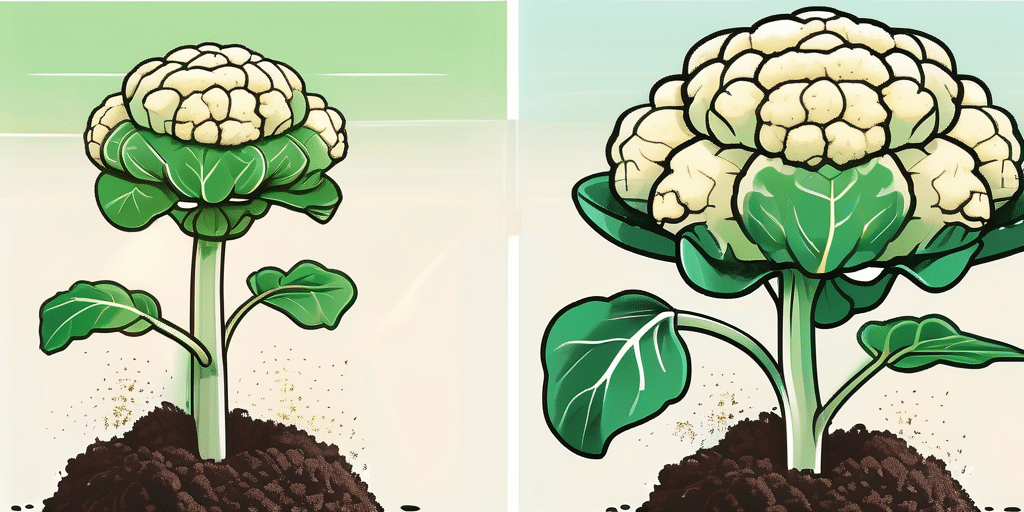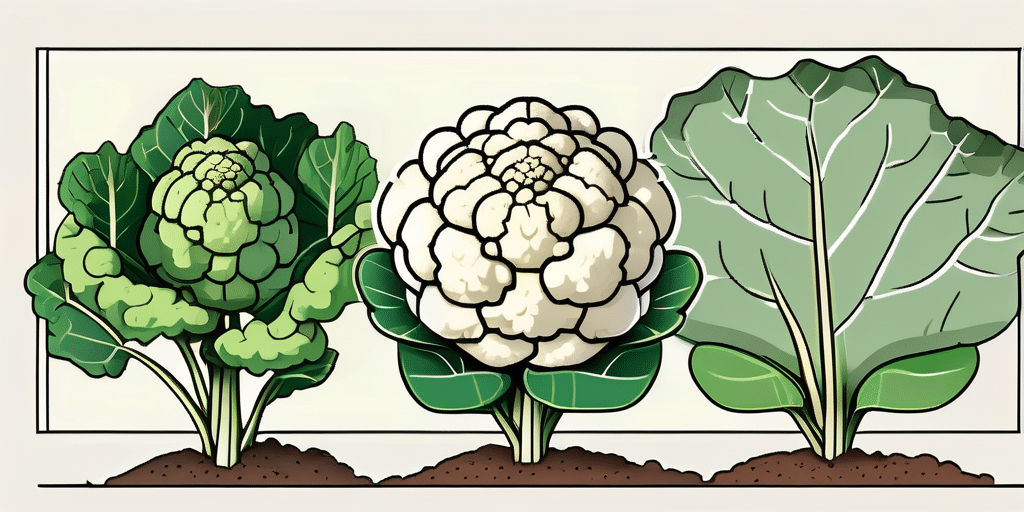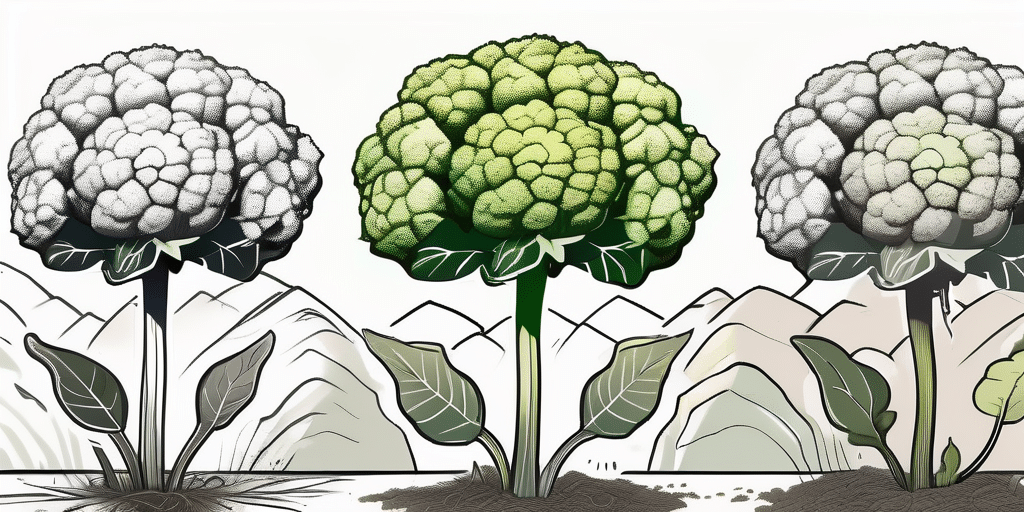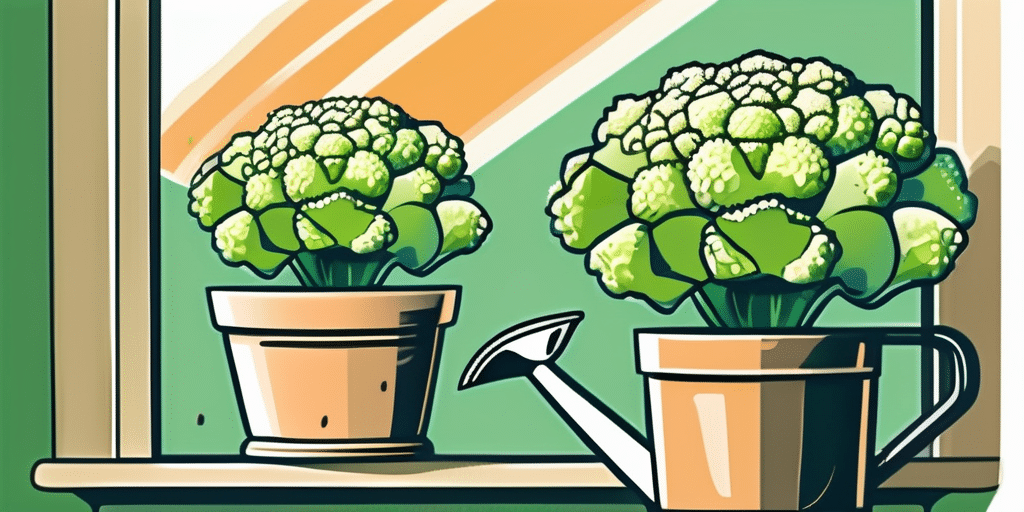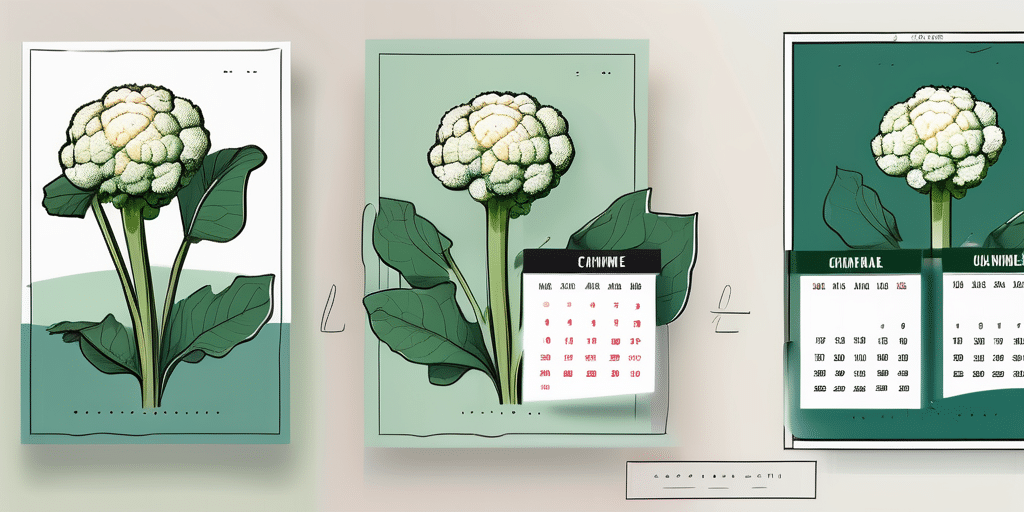Transplanting self-blanching cauliflower can be a rewarding endeavor for both novice and experienced gardeners. This variety of cauliflower is known for its unique ability to naturally blanch itself, meaning it shields its own head from the sun to maintain its white color. However, like any plant, it requires careful attention and specific conditions to thrive. In this guide, we’ll delve into the process of transplanting self-blanching cauliflower, discussing the optimal timing and steps to ensure a successful transplant.
Understanding Self Blanching Cauliflower
Before we delve into the transplanting process, it’s important to understand what sets self-blanching cauliflower apart from other varieties. Self-blanching cauliflower, as the name suggests, has leaves that naturally curl over the head of the cauliflower as it grows. This process, known as blanching, protects the head from sunlight and helps maintain its white color.
According to the United States Department of Agriculture (USDA), cauliflower is a cool-season crop, meaning it grows best in cooler temperatures. This makes it an ideal plant for early spring or fall gardens. However, self-blanching cauliflower has a slightly different growing season, which we’ll discuss in the following sections.
When to Transplant Self Blanching Cauliflower
The timing of the transplant is crucial for the successful growth of self-blanching cauliflower. As a general rule, cauliflower should be transplanted 2-4 weeks before the last spring frost date or 6-8 weeks before the first fall frost date. However, self-blanching cauliflower varieties are typically more cold-tolerant, allowing for earlier spring planting.
According to the University of Minnesota Extension, self-blanching cauliflower can be transplanted as early as 4-6 weeks before the last spring frost date. This gives the plants plenty of time to establish themselves before the warmer summer temperatures arrive. For fall planting, aim to transplant 6-8 weeks before the first fall frost date.
How to Transplant Self Blanching Cauliflower
Now that we’ve covered the optimal timing for transplanting self-blanching cauliflower, let’s delve into the step-by-step process. Transplanting cauliflower requires careful preparation and attention to detail to ensure the plants establish themselves successfully.
Preparing the Soil
Before transplanting, it’s important to prepare the soil. Cauliflower prefers well-drained soil with a pH between 6.0 and 7.0. According to the Michigan State University Extension, incorporating organic matter such as compost or well-rotted manure into the soil can improve its structure and nutrient content.
Here’s how to prepare the soil:
- Remove any weeds or debris from the planting area.
- Till the soil to a depth of 12 inches to loosen it and improve drainage.
- Spread a 2-3 inch layer of compost or well-rotted manure over the soil.
- Till the organic matter into the soil to incorporate it evenly.
- Test the soil pH and adjust it if necessary using lime to raise the pH or sulfur to lower it.
Transplanting the Cauliflower
Once the soil is prepared, you’re ready to transplant the cauliflower. Here’s a step-by-step guide:
- Water the cauliflower seedlings well a few hours before transplanting to reduce transplant shock.
- Dig a hole in the prepared soil that’s large enough to accommodate the root ball of the seedling.
- Place the seedling in the hole, making sure the top of the root ball is level with the soil surface.
- Backfill the hole with soil, firming it gently around the base of the plant.
- Water the transplanted cauliflower thoroughly.
Caring for Transplanted Self Blanching Cauliflower
After transplanting, the cauliflower will need regular care to ensure it grows successfully. This includes watering, feeding, and protecting the plants from pests and diseases.
Watering and Feeding
Cauliflower needs consistent moisture to grow well. According to the Oregon State University Extension, cauliflower should be watered deeply and regularly, aiming for at least 1 inch of water per week. A layer of mulch around the plants can help retain moisture and suppress weeds.
Feeding is also important for cauliflower growth. A balanced vegetable fertilizer applied according to the package instructions can provide the necessary nutrients for the plants.
Pest and Disease Control
Cauliflower can be susceptible to a variety of pests and diseases, including cabbage worms, aphids, and clubroot. Regular inspections of the plants can help catch any problems early. If pests or diseases are detected, consult your local extension service for advice on the best control methods.
Harvesting Self Blanching Cauliflower
The final step in the process is harvesting the cauliflower. Self-blanching cauliflower is typically ready to harvest when the heads are firm and compact, usually 7-12 inches in diameter. To harvest, simply cut the head off the plant with a sharp knife, leaving a few leaves attached to protect the head.
With careful attention to timing, soil preparation, and ongoing care, transplanting self-blanching cauliflower can be a rewarding endeavor. Whether you’re a novice gardener or an experienced green thumb, this unique variety of cauliflower offers a fun and interesting addition to any garden.
Join the How to Grow Everything Community
Ready to take your gardening skills to the next level? Subscribe for free to How to Grow Everything and learn how to build the garden of your dreams! Receive personalized gardening advice tailored to your grow zone and experience level. Enjoy the best gardening tips, special offers, and insights delivered directly to your inbox—no spam, just pure gardening gold. Join our family of gardening enthusiasts and make the most of our thousands of free growing and gardening articles, all customized just for you. It’s 100% free, from our family to yours. Start your journey to a bountiful garden today!

